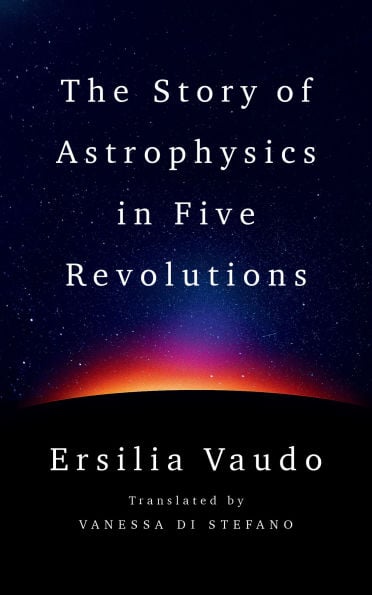Ersilia Vaudo’s new book, The Story of Astrophysics in Five Revolutions, offers a compelling exploration of humanity’s journey in astrophysics. This accessible work invites readers to reconnect with the wonders of science, making it an ideal companion for summer vacation reading. Vaudo, a prominent figure at the European Space Agency, presents a narrative that intertwines passion with scientific discovery.
In her book, Vaudo categorizes the evolution of astrophysics into five distinct revolutions, stretching from the early observations of Galileo to contemporary theories like string theory. While these chapters provide a useful framework, the connections between them resonate throughout the text, emphasizing the continuity of scientific thought. Readers will appreciate how Vaudo illustrates the progression from early notions of gravity propagating through ether to the complexities of special relativity and beyond.
Vaudo’s writing shines not only in its clarity but also in its emotional resonance. She encourages readers to gaze at the night sky, provoking thoughts about the fate of distant galaxies in an ever-expanding universe. This approach generates a powerful emotional response, reminding us that science is not just about equations but also about the awe and wonder of discovery.
Exploring Scientific Progress and Human Emotion
The book is particularly notable for its balance between rigorous scientific concepts and accessible language. Vaudo successfully avoids heavy mathematics, ensuring that readers remain engaged without feeling overwhelmed. Her prose is light and inviting, making it a perfect addition to a summer reading list. The structure allows for easy engagement, with the ability to pick up and set down the book at leisure.
Vaudo also highlights key institutions and projects, including CERN, ESAs Euclid, and CUORE. These references provide a contemporary view of the field, showcasing ongoing research and developments. Importantly, she acknowledges the contributions of various researchers, offering a comprehensive overview that serves as a springboard for readers wishing to delve deeper into specific topics.
The book’s European focus reflects the historical roots of astrophysics, as much of Western scientific knowledge has originated from this region. Nevertheless, Vaudo’s insights are universally relevant, encouraging readers from all backgrounds to appreciate the vastness of the universe and humanity’s place within it.
A Thoughtful Perspective on Our Existence
Originally written in Italian, Vaudo’s work has been skillfully translated, maintaining the joy and clarity of the original text. The translator deserves commendation for ensuring that the manuscript remains engaging for a global audience.
As readers embark on their summer vacations, The Story of Astrophysics in Five Revolutions presents an opportunity to reflect on life’s bigger questions. Vaudo’s engaging narrative encourages a shift away from an anthropocentric view, positioning humanity within the grand tapestry of the cosmos. This book not only informs but also inspires thoughtful contemplation, making it a noteworthy addition to the library of anyone curious about the universe and our place in it.





































































